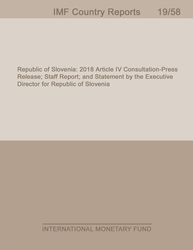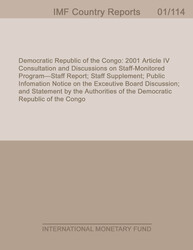
Islamic Republic of Mauritania: Selected Issues
Islamic Republic of Mauritania: Selected Issues
READ MORE...
Volume/Issue:
Volume 2024
Issue 363
Publication date: December 2024
ISBN: 9798400296963
$20.00
Add to Cart by clicking price of the language and format you'd like to purchase
Available Languages and Formats
| English | |||
| French |
Prices in red indicate formats that are not yet available but are forthcoming.
Topics covered in this book
This title contains information about the following subjects.
Click on a subject if you would like to see other titles with the same subjects.
Finance , Money and Monetary Policy , bank Private-Sector , Efficiency-Access and Depth Gap , banks' provision , intermediation proxy , credit to GDP , Financial sector development , Financial sector , Credit , Financial inclusion , North Africa
Also of interest
Summary
This Selected Issues paper analyzes key trends in the country’s existing financial sector and finds that while the Mauritanian banking sector is highly profitable, it fails to facilitate broader financial services and access, resulting in limited contribution to economic growth and inclusion. It also identifies the prevalence of family-owned banks, lack of trust, weak governance, and insufficient institutions as the major factors leading to these macro-level outcomes and discusses policies to address them and enhance financial sector development and boost inclusion. From a financial sector development perspective, Mauritania would be better off with a consolidated banking sector with stronger, more resilient institutions. Fewer universal banks with robust provisioning frameworks are better equipped to manage credit risks, thereby increasing their capacity to lend to a broader range of private-sector actors. From the institutional perspective, existing financial infrastructure institutions need to be strengthened and new ones need to be established. Forceful banking supervision with strong information systems can effectively monitor and mitigate connected lending practices among many family-owned banks.
Copyright © 2010 - 2025
Powered by:
AIDC



